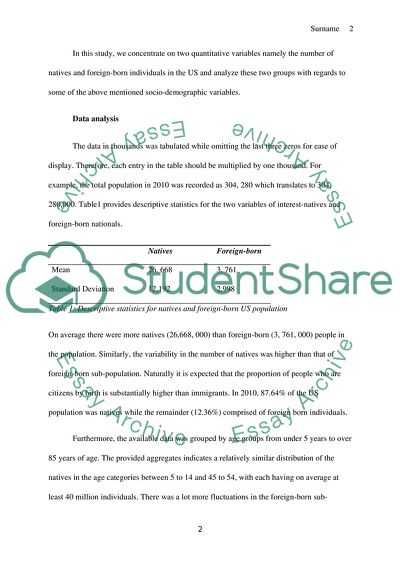Cite this document
(Composition of the US Population Research Paper Example | Topics and Well Written Essays - 2000 words, n.d.)
Composition of the US Population Research Paper Example | Topics and Well Written Essays - 2000 words. https://studentshare.org/statistics/1797948-immigration-in-the-us
Composition of the US Population Research Paper Example | Topics and Well Written Essays - 2000 words. https://studentshare.org/statistics/1797948-immigration-in-the-us
(Composition of the US Population Research Paper Example | Topics and Well Written Essays - 2000 Words)
Composition of the US Population Research Paper Example | Topics and Well Written Essays - 2000 Words. https://studentshare.org/statistics/1797948-immigration-in-the-us.
Composition of the US Population Research Paper Example | Topics and Well Written Essays - 2000 Words. https://studentshare.org/statistics/1797948-immigration-in-the-us.
“Composition of the US Population Research Paper Example | Topics and Well Written Essays - 2000 Words”. https://studentshare.org/statistics/1797948-immigration-in-the-us.


